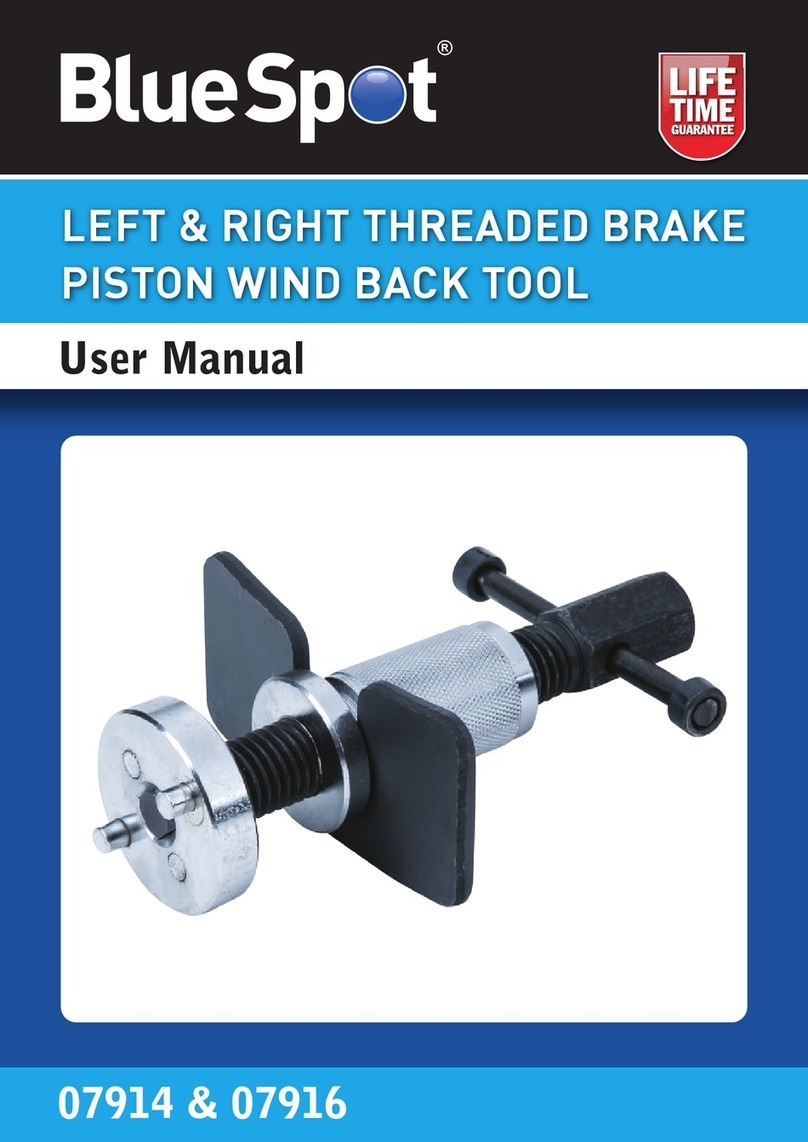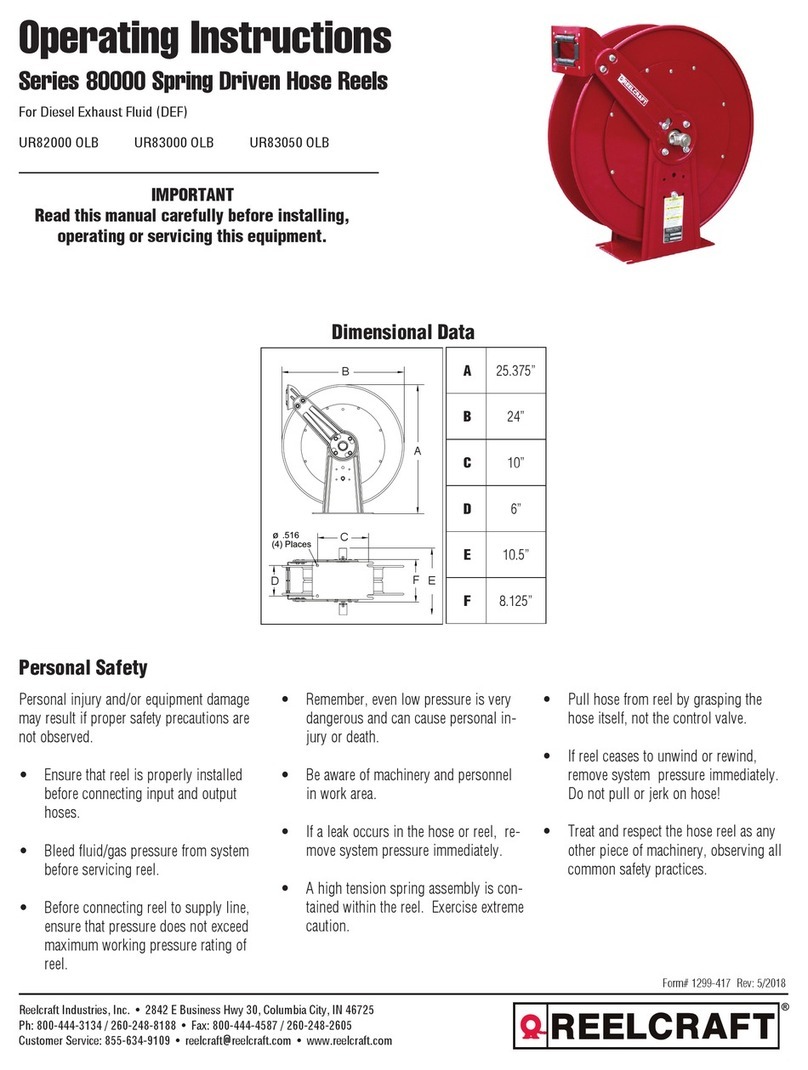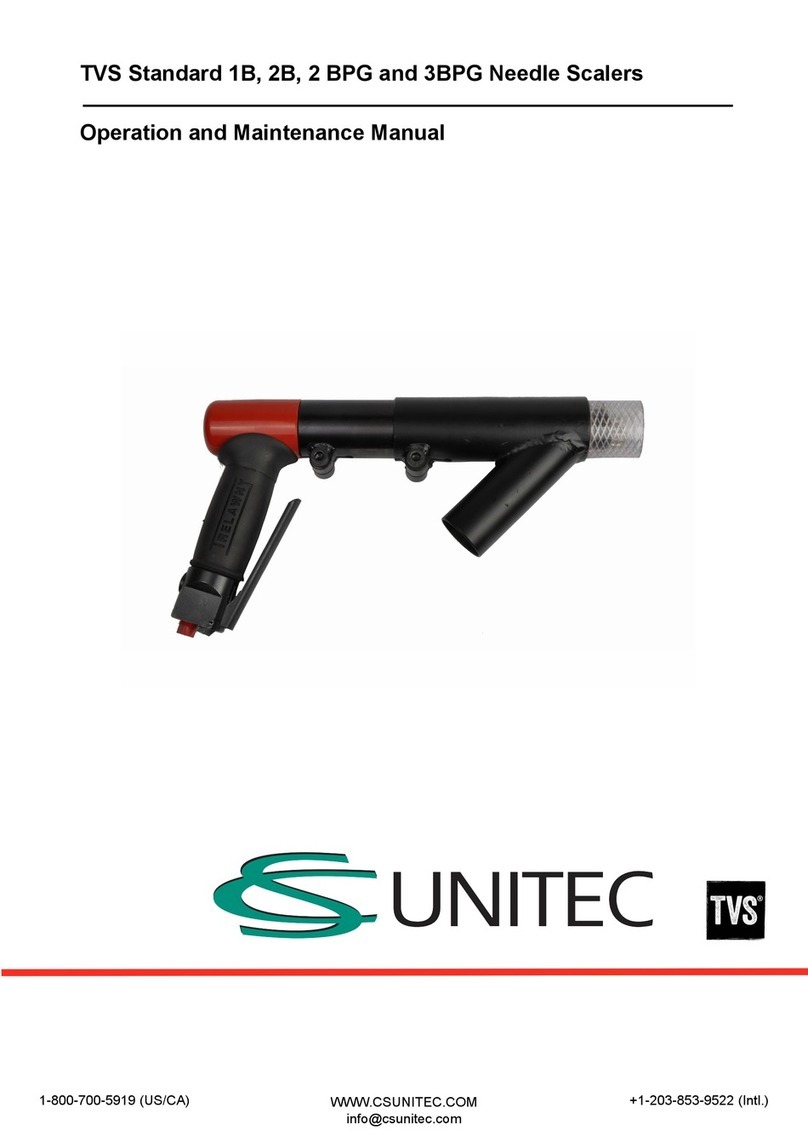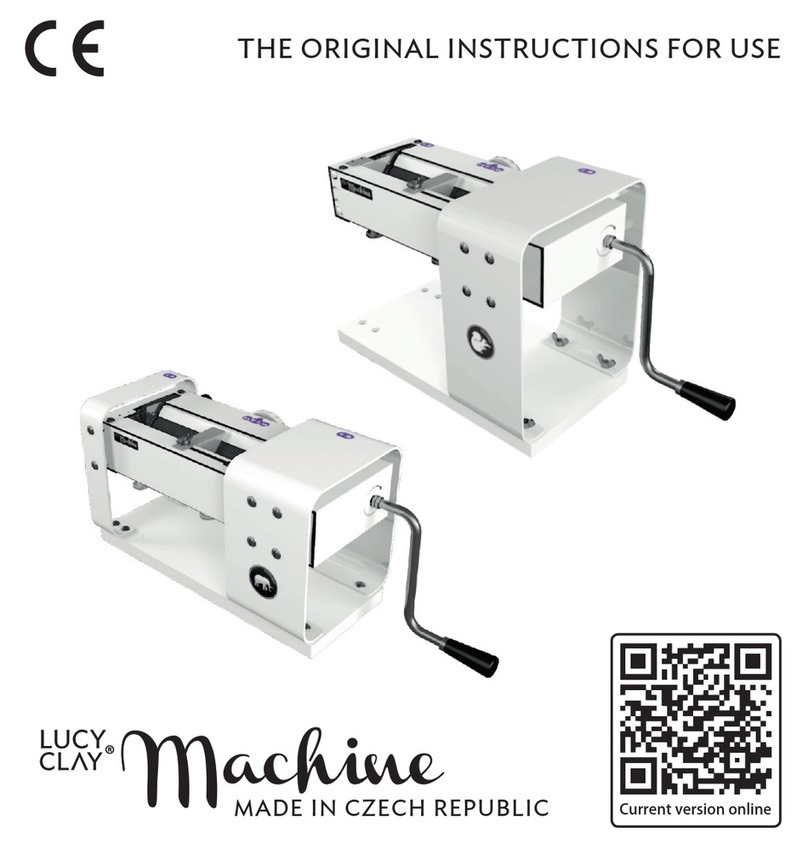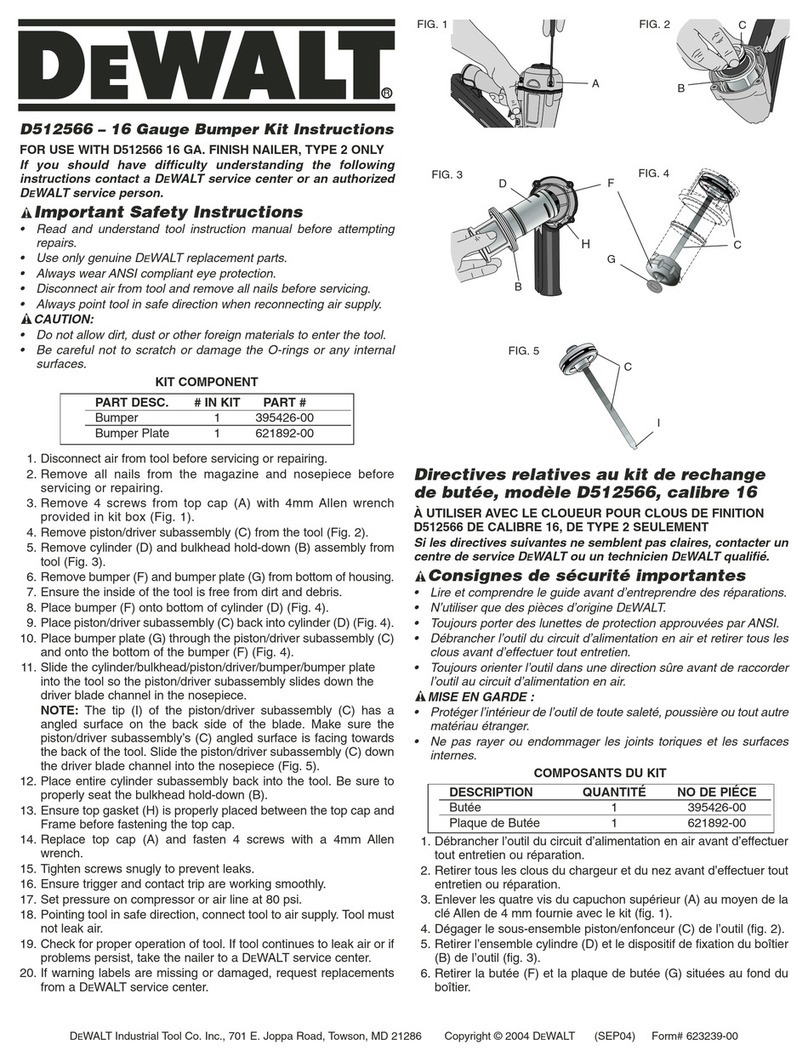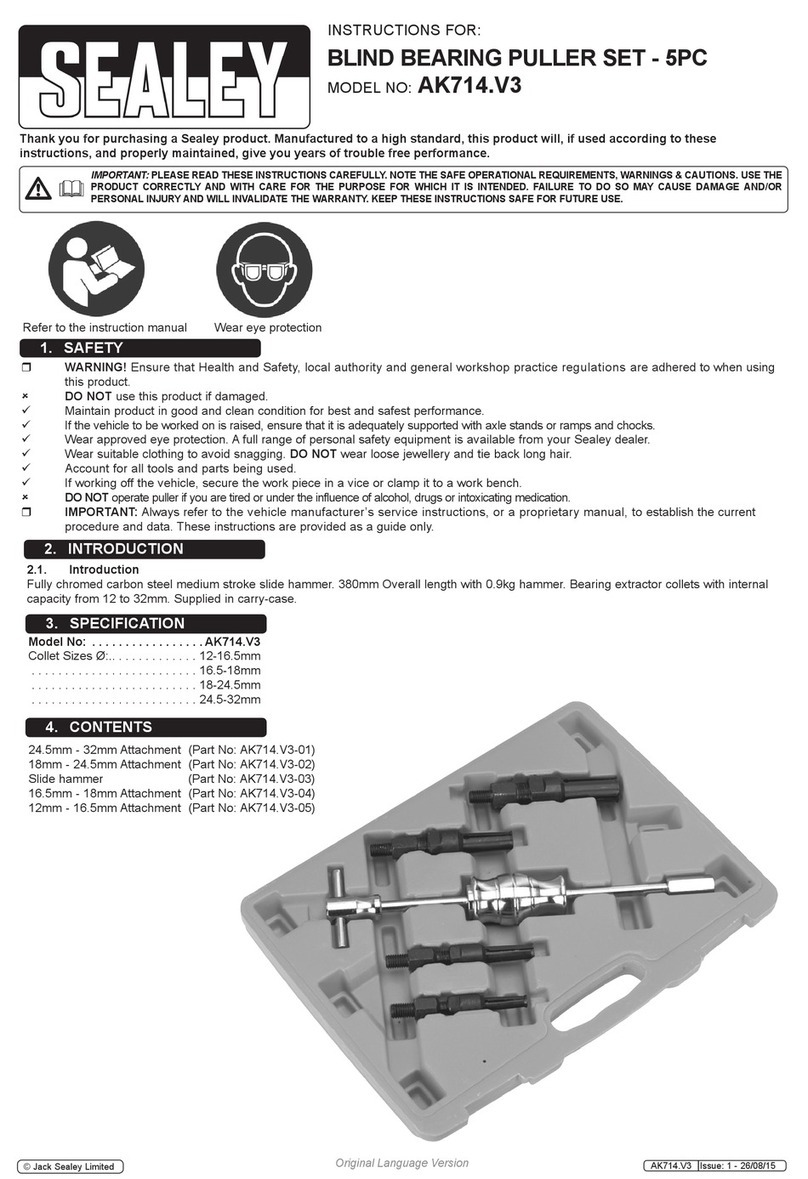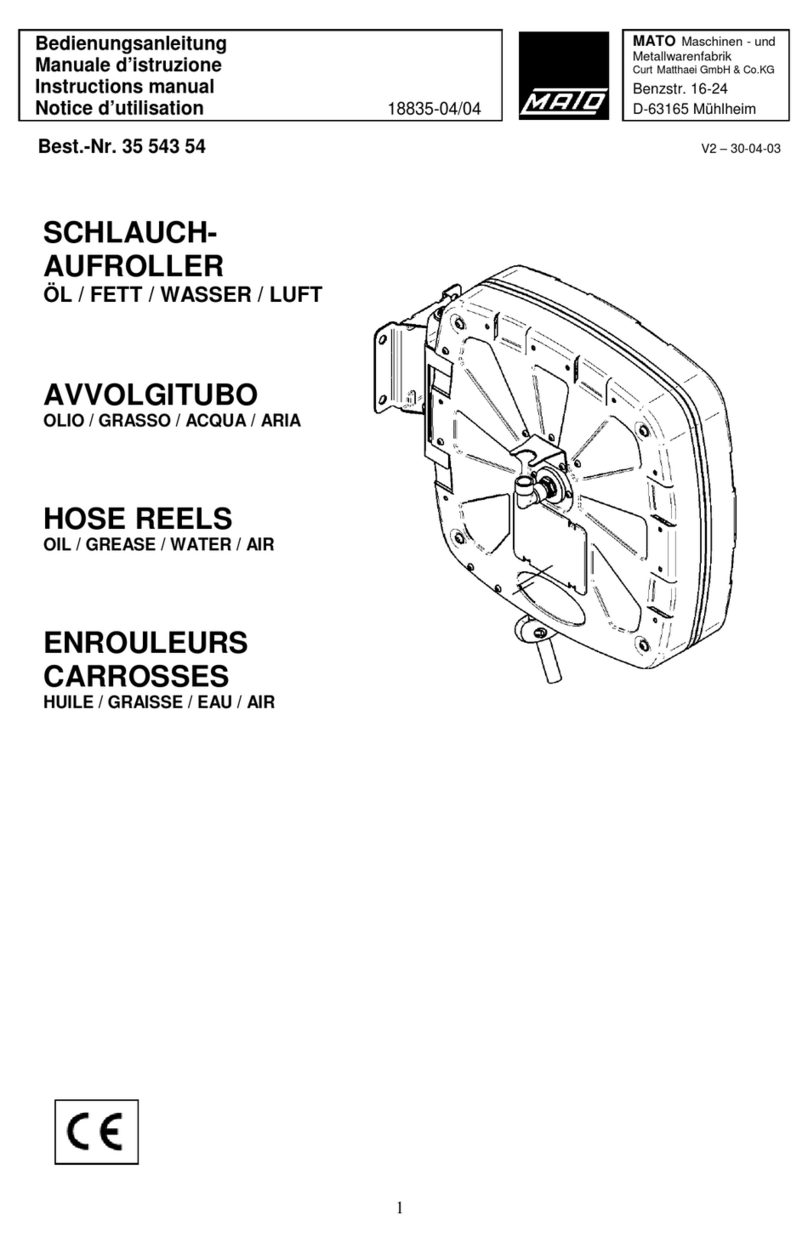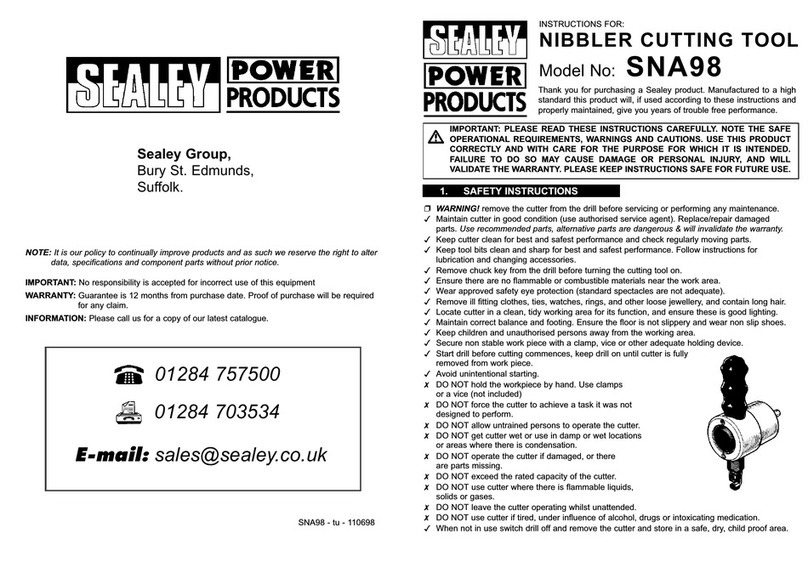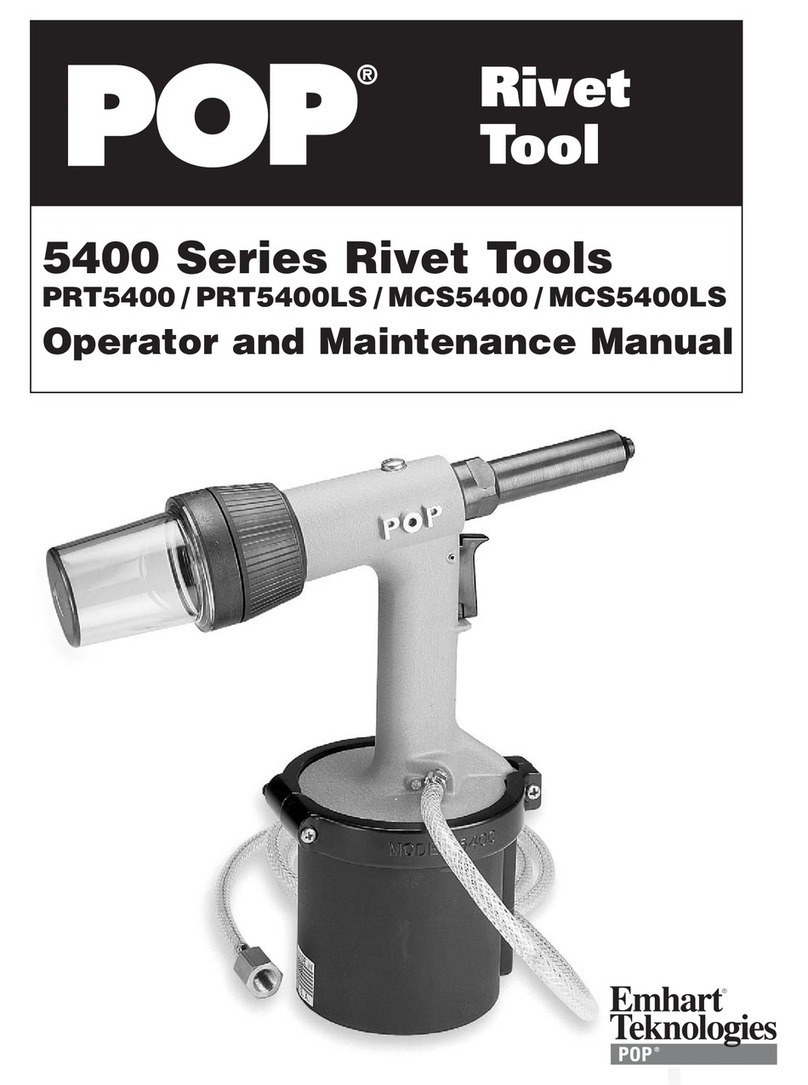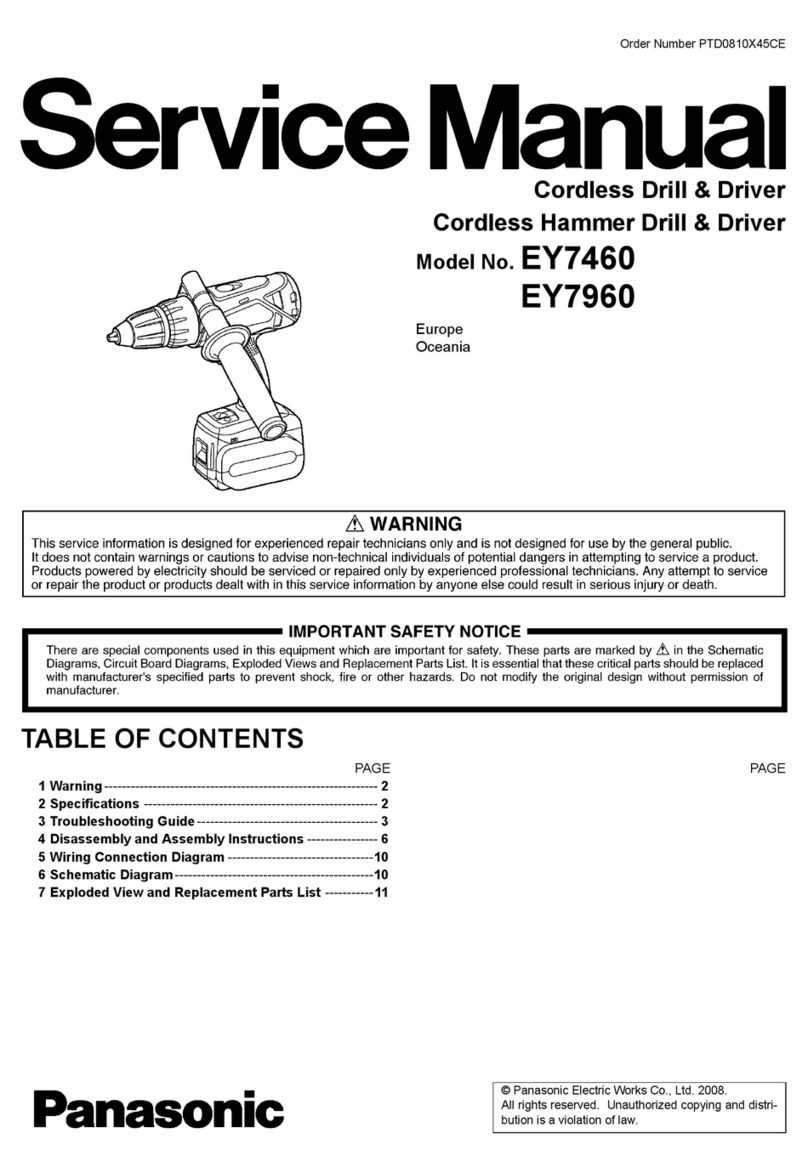BlueSpot 07967 User manual

3 LITRE ONE USER OPERATED
BRAKE AND CLUTCH BLEEDER
User Manual
07967

01
Thank you for purchasing a Blue Spot Tools product, you can find further information
on our range at www.BlueSpot.uk.com. Please ensure that you are using the product
correctly and that all guidance and cautions are followed in accordance with the
instructions. Please retain these instructions for future reference.
General Information
Please make sure that you read these instructions carefully in order to avoid injury when using
the brake and clutch bleeder kit. Follow all health and safety rules and regulations. If in doubt
and available please contact a more knowledgeable source.
DO NOT use if damaged.
• ALWAYS ensure you have read through all of the instructions and fully understand how
to operate the tool before beginning.
• ALWAYS check the brake and clutch bleeder kit for any damage before use. Any damage
found needs to be repaired or replaced before use to prevent damage to property or personal
injury.
• ALWAYS dress appropriately – clothing should be close fitted and long hair tied back.
Jewellery should be removed and shoes should be worn with a non-slip sole.
• ALWAYS wear the correct PPE equipment. Approved eye protection should always be
worn. If brake fluid enters the eyes make sure they are rinsed immediately with plenty of
water and seek medical advice. If brake fluid is swallowed seek medical advice immediately.
• ALWAYS ensure you work in a well ventilated room.
• ALWAYS check for missing or damaged parts before use.
• ALWAYS check the vehicle for broken or damaged parts that could impact on the tools
operation.
• ALWAYS ensure you feel comfortable and confident in knowing what you are doing with the
brake components and brake lines. If you feel unsure or have questions please seek
professional advice.
• ALWAYS refer to the manufacturer’s instructions when lifting, removing wheels or
dissembling the braking system.
• ALWAYS refer to the manufactures instructions when reassembling the braking system
or wheels.
• BE AWARE that only new brake fluid should be used. If used brake fluid is used this will
cause damage to the system and possible brake system failure could occur.
Safe use
• BE AWARE that brake fluid is flammable. Always keep brake fluid away from sources of
ignition, including hot surfaces.
• BE AWARE that brake fluid can damage paintwork. If any brake fluid is spilled it should be
flushed with water immediately.
• Maintain tool in good and clean condition for best and safest performance.
• Keep the work area clean, uncluttered and ensure there is adequate lighting.
• Maintain correct balance and footing. Ensure the floor is not slippery and wear non-slip
shoes.
• Keep children and unauthorised persons away from the work area.
• ALWAYS store the brake and clutch bleeder kit away correctly when not in use.
• ALWAYS ensure waste liquids have been disposed of correctly and in accordance with local
authority regulations.
• DO NOT allow untrained persons to use the kit.
• DO NOT operate the tool if you are tired as this could be dangerous.
• NEVER operate the tool if you are under the influence of drugs or alcohol as this can be
dangerous.
• DO NOT make modifications to the brake bleeder kit.
• NEVER use the brake and clutch bleeder kit to perform a task it was not designed to do.
• ALWAYS stop using the tool straight away if you start to experience discomfort or pain.
Consult with a qualified health professional if needed.
• If the brake and clutch bleeder kit is damaged do not use.

Please make sure that you read these instructions carefully in order to avoid injury when using
the brake and clutch bleeder kit. Follow all health and safety rules and regulations. If in doubt
and available please contact a more knowledgeable source.
DO NOT use if damaged.
• ALWAYS ensure you have read through all of the instructions and fully understand how
to operate the tool before beginning.
• ALWAYS check the brake and clutch bleeder kit for any damage before use. Any damage
found needs to be repaired or replaced before use to prevent damage to property or personal
injury.
• ALWAYS dress appropriately – clothing should be close fitted and long hair tied back.
Jewellery should be removed and shoes should be worn with a non-slip sole.
• ALWAYS wear the correct PPE equipment. Approved eye protection should always be
worn. If brake fluid enters the eyes make sure they are rinsed immediately with plenty of
water and seek medical advice. If brake fluid is swallowed seek medical advice immediately.
• ALWAYS ensure you work in a well ventilated room.
• ALWAYS check for missing or damaged parts before use.
• ALWAYS check the vehicle for broken or damaged parts that could impact on the tools
operation.
• ALWAYS ensure you feel comfortable and confident in knowing what you are doing with the
brake components and brake lines. If you feel unsure or have questions please seek
professional advice.
• ALWAYS refer to the manufacturer’s instructions when lifting, removing wheels or
dissembling the braking system.
• ALWAYS refer to the manufactures instructions when reassembling the braking system
or wheels.
• BE AWARE that only new brake fluid should be used. If used brake fluid is used this will
cause damage to the system and possible brake system failure could occur.
02
Safe use (continued)
• BE AWARE that brake fluid is flammable. Always keep brake fluid away from sources of
ignition, including hot surfaces.
• BE AWARE that brake fluid can damage paintwork. If any brake fluid is spilled it should be
flushed with water immediately.
• Maintain tool in good and clean condition for best and safest performance.
• Keep the work area clean, uncluttered and ensure there is adequate lighting.
• Maintain correct balance and footing. Ensure the floor is not slippery and wear non-slip
shoes.
• Keep children and unauthorised persons away from the work area.
• ALWAYS store the brake and clutch bleeder kit away correctly when not in use.
• ALWAYS ensure waste liquids have been disposed of correctly and in accordance with local
authority regulations.
• DO NOT allow untrained persons to use the kit.
• DO NOT operate the tool if you are tired as this could be dangerous.
• NEVER operate the tool if you are under the influence of drugs or alcohol as this can be
dangerous.
• DO NOT make modifications to the brake bleeder kit.
• NEVER use the brake and clutch bleeder kit to perform a task it was not designed to do.
• ALWAYS stop using the tool straight away if you start to experience discomfort or pain.
Consult with a qualified health professional if needed.
• If the brake and clutch bleeder kit is damaged do not use.
The Blue Spot 3 Litre One User Operated Brake and Clutch Bleeder is ideal for bleeding
brakes with no external power source. The brake and clutch bleeder is suitable for use with
most vehicle types and the pressure range makes it ideal for use with ABS systems.The bleeder
tank has a 3 litre capacity for holding hydraulic fluid. This enables the entire system to be
flushed with one fill without the risk of running the reservoir dry.The brake bleeder is complete
with a pressure gauge to easily check the operating pressure.
Contents: 3 litre capacity bleeder tank, 1 litre capacity suction bottle, Ø45mm cap with
straight adaptor, 90° angled connector, 1 release valve, 1 pump, 1 hose with adaptor, 1 hose
with angled connector and container cap, 1 container cap wrench, 1 litre bottle hanging chain.
Introduction
DO NOT EXCEED 28PSI / 1.9 Bar.
Exceeding this pressure may damage the hydraulic
system on your vehicle and could result in serious injury.

03
Parts Diagram
Pump
Container cap
for 1 litre bottle
Ø45mm cap
with straight adaptor
90° angled
connector
1 Litre bottle
hanging chain
Container Cap
3 Litre
bleeder tank
1 Litre
capacity
suction bottle
Release Valve
Hose
Adaptor
Angled
connector
Hose
Container
cap wrench
Pressure Gauge

04
Operation
Before beginning always ensure you have read the safe use points from the manual and
that they have all been followed.
ALWAYS ensure you have familiarised yourself with the hazards of brake fluid before
beginning.
ALWAYS ensure you are only using the type of brake fluid recommended for your vehicle.
DO NOT touch the brake pedal whilst bleeding the brakes.
NOTE – Copper grease should always be applied to the brake bleeding nipples before and
after the brake bleeding procedure.This will help to eliminate the possibility of the brake
nipples becoming seized or broken when the brakes are next bled.
Refer to the vehicle manufacturers instructions for brake bleeding and for the wheel
sequence. Familiarise yourself with the instructions and follow the steps they set out on
how this should be done.
Before beginning
1. Before beginning with the brake bleeding it is important to check and the bleeder and
ensure it is clean from any dirt or debris and is free from old brake fluid.
2. If there is dirt/debris in the old brake fluid this will need syphoning out of the system
before the beginning.The reservoir will then need to be filled with new and clean fluid.
DO NOT proceed to bleed the brakes with dirty brake fluid. Always ensure you have
followed the steps above before beginning.
Checking for leaks
Before bleeding the brakes we recommend checking the brake bleeding kit for any leaks or
cracks. Follow the steps below for how to do this –
1. On the vehicle fluid reservoir securely attach the bleeder cap.
2. Check the gasket on the vehicle for any wear or cracks and ensure it is securely
attached.
3. On the empty 3 litre bleeder tank tighten the cap and fittings.
4. Check the gauge on the bleeder tank and pressurise to 10PSI / 0.7 bar.
5. Check all of the connections on the bleeder tank and the fluid reservoir to look for any
leaks. If any leaks are found slowly and carefully unscrew the cap to release the
pressure in the bleeder tank. ALWAYS ensure the bleeder tank has been depressurised
before removing the cap. Check the gauge to ensure the pressure has dropped to the
lowest point that it can.
6. Repeat the process above ensuring any connections have been tightened.
7. When the process above has been completed and no leaks have been found move on to
the steps below for preparing and bleeding the brakes.
Preparation for bleeding the brakes
1. Unscrew the container cap on the 3 litre bleeder tank.
2. Fill the container with new brake fluid.You can add up to 1.25 litres of new brake fluid.
Be careful not to overfill. ALWAYS ensure you are only using the type of brake fluid
recommended for your vehicle.
3. Fit and screw the container cap back on to the 3 litre bleeder tank. Be careful not to
overtighten.
4. Place the container in a secure position.
5. Remove the cap from the vehicles brake reservoir.
6. Check the level of the brake fluid and top it up to its maximum if it is not already at the
maximum.
7. Securely fit the brake bleed adaptor with the adaptor over the brake reservoir neck.
8. Check that the system is sealed.
9. Pressurise the bleeder to the level recommended in the vehicle service manual. DO NOT
exceed 28 PSI / 1.9 Bar. Exceeding this pressure may damage the hydraulic system on
your vehicle and could result in serious injury.
10. Check and retighten any connections if the system does not hold the pressure.
11.The brake system has now been primed and is ready for brake bleeding.
Bleeding the brakes
Refer to the vehicle manufacturers instructions for brake bleeding and for the wheel
sequence. Familiarise yourself with the instructions and follow the steps they set out on
how this should be done.
1. Wipe clean each bleed screw with a dry cloth.
2. Using the clear plastic hose supplied in the set attach the angled connector over the
brake nipple and screw the container cap for the 1 litre bottle over the 1 litre capacity
suction bottle.
3. Unscrew the bleed screw so that the brake fluid is released into the clear hose.
4. Bleed until the brake fluid is free of any bubbles.
5. Tighten the bleed screw to close the fitting. Refer to your vehicle manufacturer’s
manual for the torque that this should be tightened to. Be careful not to overtighten.
6. This will need to be repeated on each bleed screw.
7. If necessary additional pressure can be pumped into the bleeder tank. Check the gauge
on the bleeder tank to check the pressure.
8. When complete slowly and carefully unscrew the cap to release the pressure in the
bleeder tank. ALWAYS ensure the bleeder tank has been depressurised before removing
the cap. Check the gauge to ensure the pressure has dropped to the lowest point that
it can.
9. Carefully remove the cap from the fluid reservoir. Be careful not to spill any brake fluid
that is still in the hose.
10. Securely attach the fluid reservoir cap on the vehicle.
11. On the vehicle reservoir check the maximum fill line to ensure that the brake fluid is at
the indicated line.
ALWAYS check and ensure that any connections have been tightened and that the wheels
are secured correctly.
ALWAYS check the brakes on the vehicle when the brake bleeding is complete to make
sure they are working correctly and are not spongey.The vehicle must not be used on the
road until the brakes have been correctly tested.
DO NOT store any fluid in the containers when they are not in use.

05
Operation (continued)
Before beginning always ensure you have read the safe use points from the manual and
that they have all been followed.
ALWAYS ensure you have familiarised yourself with the hazards of brake fluid before
beginning.
ALWAYS ensure you are only using the type of brake fluid recommended for your vehicle.
DO NOT touch the brake pedal whilst bleeding the brakes.
NOTE – Copper grease should always be applied to the brake bleeding nipples before and
after the brake bleeding procedure.This will help to eliminate the possibility of the brake
nipples becoming seized or broken when the brakes are next bled.
Refer to the vehicle manufacturers instructions for brake bleeding and for the wheel
sequence. Familiarise yourself with the instructions and follow the steps they set out on
how this should be done.
Before beginning
1. Before beginning with the brake bleeding it is important to check and the bleeder and
ensure it is clean from any dirt or debris and is free from old brake fluid.
2. If there is dirt/debris in the old brake fluid this will need syphoning out of the system
before the beginning.The reservoir will then need to be filled with new and clean fluid.
DO NOT proceed to bleed the brakes with dirty brake fluid. Always ensure you have
followed the steps above before beginning.
Checking for leaks
Before bleeding the brakes we recommend checking the brake bleeding kit for any leaks or
cracks. Follow the steps below for how to do this –
1. On the vehicle fluid reservoir securely attach the bleeder cap.
2. Check the gasket on the vehicle for any wear or cracks and ensure it is securely
attached.
3. On the empty 3 litre bleeder tank tighten the cap and fittings.
4. Check the gauge on the bleeder tank and pressurise to 10PSI / 0.7 bar.
5. Check all of the connections on the bleeder tank and the fluid reservoir to look for any
leaks. If any leaks are found slowly and carefully unscrew the cap to release the
pressure in the bleeder tank. ALWAYS ensure the bleeder tank has been depressurised
before removing the cap. Check the gauge to ensure the pressure has dropped to the
lowest point that it can.
6. Repeat the process above ensuring any connections have been tightened.
7. When the process above has been completed and no leaks have been found move on to
the steps below for preparing and bleeding the brakes.
Preparation for bleeding the brakes
1. Unscrew the container cap on the 3 litre bleeder tank.
2. Fill the container with new brake fluid.You can add up to 1.25 litres of new brake fluid.
Be careful not to overfill. ALWAYS ensure you are only using the type of brake fluid
recommended for your vehicle.
3. Fit and screw the container cap back on to the 3 litre bleeder tank. Be careful not to
overtighten.
4. Place the container in a secure position.
5. Remove the cap from the vehicles brake reservoir.
6. Check the level of the brake fluid and top it up to its maximum if it is not already at the
maximum.
7. Securely fit the brake bleed adaptor with the adaptor over the brake reservoir neck.
8. Check that the system is sealed.
9. Pressurise the bleeder to the level recommended in the vehicle service manual. DO NOT
exceed 28 PSI / 1.9 Bar. Exceeding this pressure may damage the hydraulic system on
your vehicle and could result in serious injury.
10. Check and retighten any connections if the system does not hold the pressure.
11.The brake system has now been primed and is ready for brake bleeding.
Bleeding the brakes
Refer to the vehicle manufacturers instructions for brake bleeding and for the wheel
sequence. Familiarise yourself with the instructions and follow the steps they set out on
how this should be done.
1. Wipe clean each bleed screw with a dry cloth.
2. Using the clear plastic hose supplied in the set attach the angled connector over the
brake nipple and screw the container cap for the 1 litre bottle over the 1 litre capacity
suction bottle.
3. Unscrew the bleed screw so that the brake fluid is released into the clear hose.
4. Bleed until the brake fluid is free of any bubbles.
5. Tighten the bleed screw to close the fitting. Refer to your vehicle manufacturer’s
manual for the torque that this should be tightened to. Be careful not to overtighten.
6. This will need to be repeated on each bleed screw.
7. If necessary additional pressure can be pumped into the bleeder tank. Check the gauge
on the bleeder tank to check the pressure.
8. When complete slowly and carefully unscrew the cap to release the pressure in the
bleeder tank. ALWAYS ensure the bleeder tank has been depressurised before removing
the cap. Check the gauge to ensure the pressure has dropped to the lowest point that
it can.
9. Carefully remove the cap from the fluid reservoir. Be careful not to spill any brake fluid
that is still in the hose.
10. Securely attach the fluid reservoir cap on the vehicle.
11. On the vehicle reservoir check the maximum fill line to ensure that the brake fluid is at
the indicated line.
ALWAYS check and ensure that any connections have been tightened and that the wheels
are secured correctly.
ALWAYS check the brakes on the vehicle when the brake bleeding is complete to make
sure they are working correctly and are not spongey.The vehicle must not be used on the
road until the brakes have been correctly tested.
DO NOT store any fluid in the containers when they are not in use.

06
Operation (continued)
Before beginning always ensure you have read the safe use points from the manual and
that they have all been followed.
ALWAYS ensure you have familiarised yourself with the hazards of brake fluid before
beginning.
ALWAYS ensure you are only using the type of brake fluid recommended for your vehicle.
DO NOT touch the brake pedal whilst bleeding the brakes.
NOTE – Copper grease should always be applied to the brake bleeding nipples before and
after the brake bleeding procedure.This will help to eliminate the possibility of the brake
nipples becoming seized or broken when the brakes are next bled.
Refer to the vehicle manufacturers instructions for brake bleeding and for the wheel
sequence. Familiarise yourself with the instructions and follow the steps they set out on
how this should be done.
Before beginning
1. Before beginning with the brake bleeding it is important to check and the bleeder and
ensure it is clean from any dirt or debris and is free from old brake fluid.
2. If there is dirt/debris in the old brake fluid this will need syphoning out of the system
before the beginning.The reservoir will then need to be filled with new and clean fluid.
DO NOT proceed to bleed the brakes with dirty brake fluid. Always ensure you have
followed the steps above before beginning.
Checking for leaks
Before bleeding the brakes we recommend checking the brake bleeding kit for any leaks or
cracks. Follow the steps below for how to do this –
1. On the vehicle fluid reservoir securely attach the bleeder cap.
2. Check the gasket on the vehicle for any wear or cracks and ensure it is securely
attached.
3. On the empty 3 litre bleeder tank tighten the cap and fittings.
4. Check the gauge on the bleeder tank and pressurise to 10PSI / 0.7 bar.
5. Check all of the connections on the bleeder tank and the fluid reservoir to look for any
leaks. If any leaks are found slowly and carefully unscrew the cap to release the
pressure in the bleeder tank. ALWAYS ensure the bleeder tank has been depressurised
before removing the cap. Check the gauge to ensure the pressure has dropped to the
lowest point that it can.
6. Repeat the process above ensuring any connections have been tightened.
7. When the process above has been completed and no leaks have been found move on to
the steps below for preparing and bleeding the brakes.
Preparation for bleeding the brakes
1. Unscrew the container cap on the 3 litre bleeder tank.
2. Fill the container with new brake fluid.You can add up to 1.25 litres of new brake fluid.
Be careful not to overfill. ALWAYS ensure you are only using the type of brake fluid
recommended for your vehicle.
3. Fit and screw the container cap back on to the 3 litre bleeder tank. Be careful not to
overtighten.
4. Place the container in a secure position.
5. Remove the cap from the vehicles brake reservoir.
6. Check the level of the brake fluid and top it up to its maximum if it is not already at the
maximum.
7. Securely fit the brake bleed adaptor with the adaptor over the brake reservoir neck.
8. Check that the system is sealed.
9. Pressurise the bleeder to the level recommended in the vehicle service manual. DO NOT
exceed 28 PSI / 1.9 Bar. Exceeding this pressure may damage the hydraulic system on
your vehicle and could result in serious injury.
10. Check and retighten any connections if the system does not hold the pressure.
11.The brake system has now been primed and is ready for brake bleeding.
Bleeding the brakes
Refer to the vehicle manufacturers instructions for brake bleeding and for the wheel
sequence. Familiarise yourself with the instructions and follow the steps they set out on
how this should be done.
1. Wipe clean each bleed screw with a dry cloth.
2. Using the clear plastic hose supplied in the set attach the angled connector over the
brake nipple and screw the container cap for the 1 litre bottle over the 1 litre capacity
suction bottle.
3. Unscrew the bleed screw so that the brake fluid is released into the clear hose.
4. Bleed until the brake fluid is free of any bubbles.
5. Tighten the bleed screw to close the fitting. Refer to your vehicle manufacturer’s
manual for the torque that this should be tightened to. Be careful not to overtighten.
ALWAYS ensure the brake and clutch bleeder kit has been depressurised before cleaning
or performing any maintenance.
ALWAYS ensure the fluids have been drained from the pressure bottle and tubes.
ALWAYS ensure any fluid has been disposed of correctly and in accordance with local
authority regulations.
BE AWARE of any spilt brake fluid.This should be cleaned up with a clean cloth.
Cleaning & Maintenance
ALWAYS ensure the brake and clutch bleeder kit is stored out of reach of children.
Store the tool in a secure, dry place.
Storage
6. This will need to be repeated on each bleed screw.
7. If necessary additional pressure can be pumped into the bleeder tank. Check the gauge
on the bleeder tank to check the pressure.
8. When complete slowly and carefully unscrew the cap to release the pressure in the
bleeder tank. ALWAYS ensure the bleeder tank has been depressurised before removing
the cap. Check the gauge to ensure the pressure has dropped to the lowest point that
it can.
9. Carefully remove the cap from the fluid reservoir. Be careful not to spill any brake fluid
that is still in the hose.
10. Securely attach the fluid reservoir cap on the vehicle.
11. On the vehicle reservoir check the maximum fill line to ensure that the brake fluid is at
the indicated line.
ALWAYS check and ensure that any connections have been tightened and that the wheels
are secured correctly.
ALWAYS check the brakes on the vehicle when the brake bleeding is complete to make
sure they are working correctly and are not spongey.The vehicle must not be used on the
road until the brakes have been correctly tested.
DO NOT store any fluid in the containers when they are not in use.

07
Contact
Find out more about Blue Spot Tools®products at www.BlueSpot.uk.com
Tel: 0800 093 0115
Email: [email protected]
Orme Business Centre,
Greenacres Road,
Oldham,
OL4 3NS
Recycle unwanted materials instead of disposing of them as waste. All tools, accessories and
packaging should be sorted, taken to a recycling centre and disposed of in a manner which
is compatible with the environment. When the product becomes completely unserviceable
and requires disposal, drain any fluids (if applicable) into approved containers and dispose
of the product and fluids according to local regulations.
Environmental Protection
Always check and adhere to national regulations when disposing of any tools that are no
longer functional and cannot be repaired.
• Contact your local waste disposal authority for information on how to correctly
dispose of tools.
Disposal
Table of contents
Other BlueSpot Tools manuals
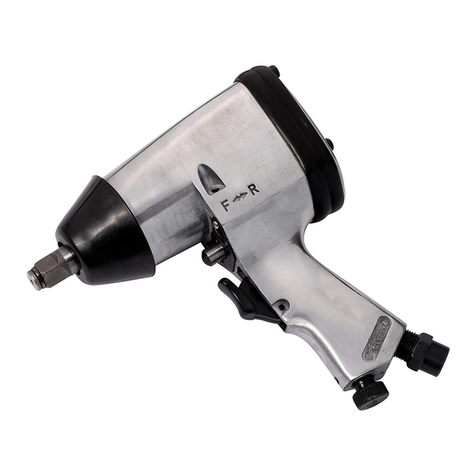
BlueSpot
BlueSpot 07945 User manual
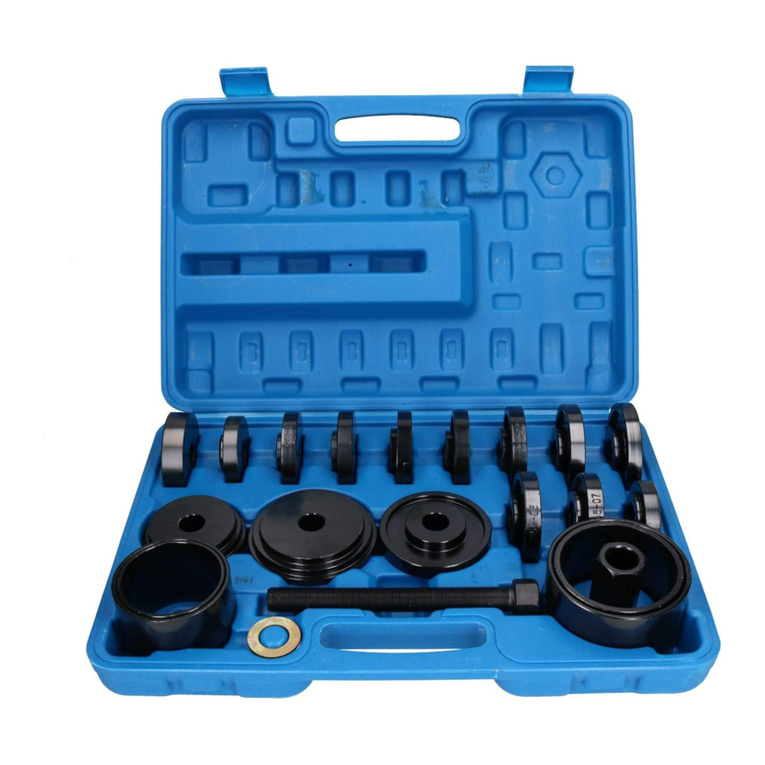
BlueSpot
BlueSpot 07902 User manual

BlueSpot
BlueSpot M3-M10 User manual
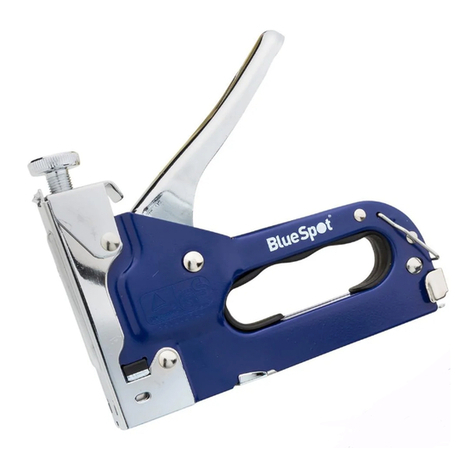
BlueSpot
BlueSpot 35111 User manual
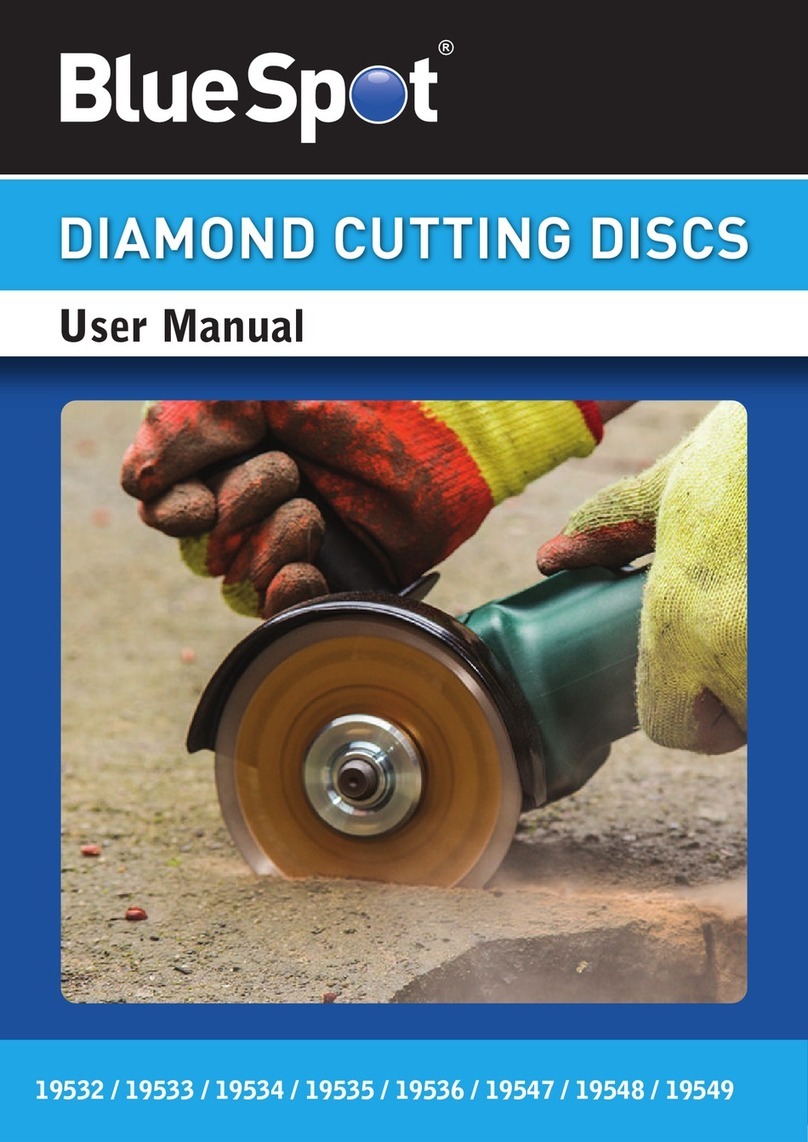
BlueSpot
BlueSpot 19532 User manual

BlueSpot
BlueSpot 07903 User manual
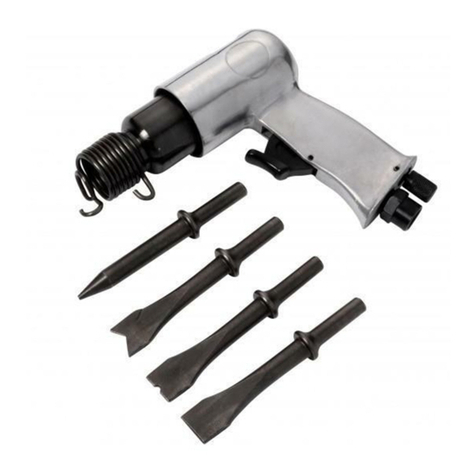
BlueSpot
BlueSpot 07951 User manual
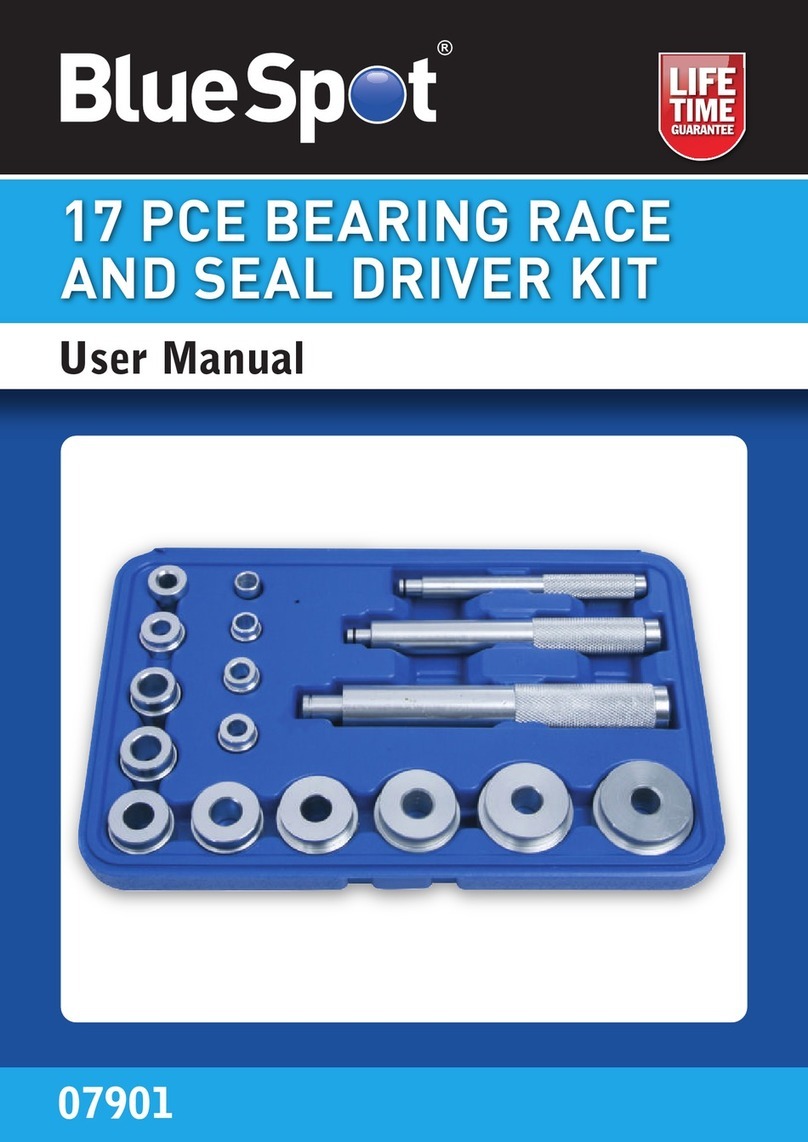
BlueSpot
BlueSpot 07901 User manual
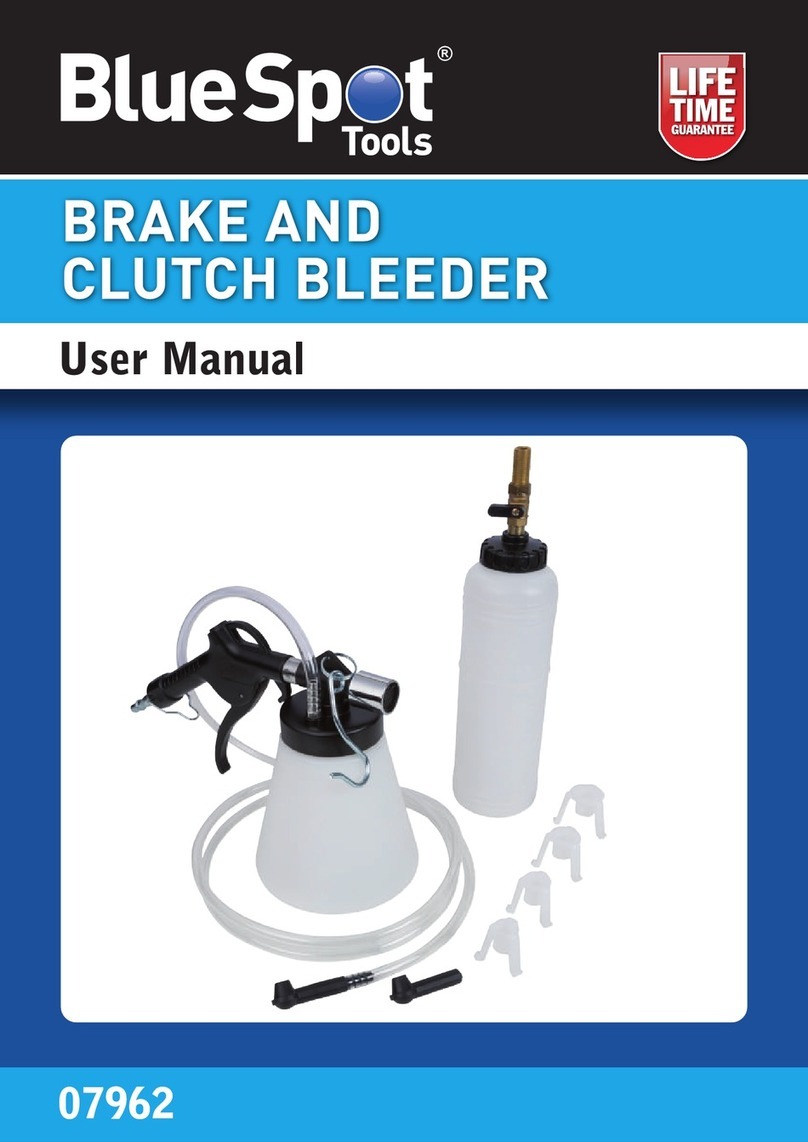
BlueSpot
BlueSpot 07962 User manual
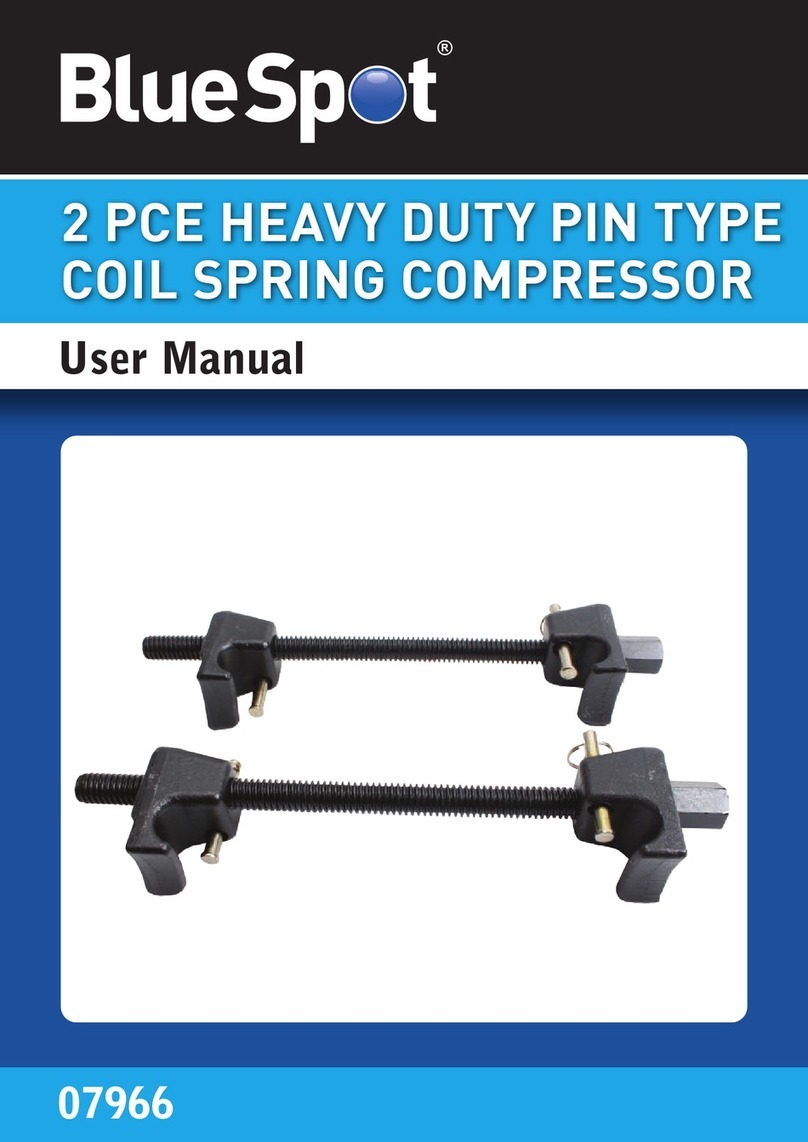
BlueSpot
BlueSpot 07966 User manual
